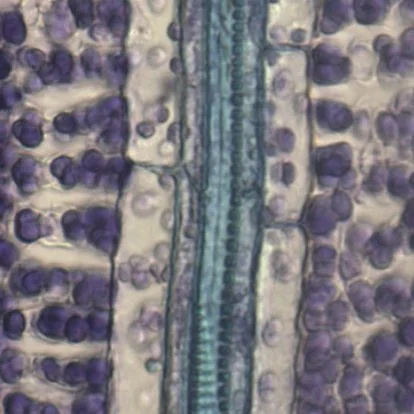Proper labelling practices in the lab is one of the first things students are taught at the practical courses. As a matter of fact, labelling is an essential part of data management for scientists while working in the laboratory. And if you ever worked in a lab, you must know how much time you usually spent to label every single tube, falcon, vial, bottle etc.
The Problem
Appropriate labelling is an essential research practice. It is fundamental to day-to-day operation and long-term sample storage in laboratories. Creating labels with handwriting is convenient, adaptable, and often the standard method scientists use. However, variabilities in label format and illegible messy handwriting can both lead to flawed and/or erroneous communication, resulting in, for example, loss of important biological samples. Moreover, writing labels by hand for large scale experiments or a high number of samples is time-consuming and creates ergonomic stress. The problem presented called for a labelling method that is automated, user-friendly, and affordable.
The Project
We proposed to develop an IOS app that allows biological and medical laboratories to operate in a consistent and efficient manner, by making label design and printing more accessible.
We envisaged an app which is user-friendly, automated, and compatible with affordable label printers. To accomplish our goal, we followed a stepwise approach composed of three parts: user interface design, technical structure of the app and testing the app.
Efficient label creation frees scientists from the laborious task of writing labels by hand. Consistently and systematically designed labels ensure samples stored for long term are readable and used accurately. The app will be free, meaning that convenient label printing will be accessible to the wider scientific community.

![[Closes 24 Nov 2107] Apply now to the OpenPlant Fund!](https://images.squarespace-cdn.com/content/v1/54a6bdb7e4b08424e69c93a1/1509564315902-TUO4I6QRWI9TT8UGSIAJ/OpenPlantTwitter_400x400+%281%29.jpg)

![[Closes 7 Mar 2017] OpenPlant Research Associate (Haseloff Lab)](https://images.squarespace-cdn.com/content/v1/54a6bdb7e4b08424e69c93a1/1486552818859-FH76MCA8SMFU93WB85RX/OpenPlantTwitter_400x400.jpg)







